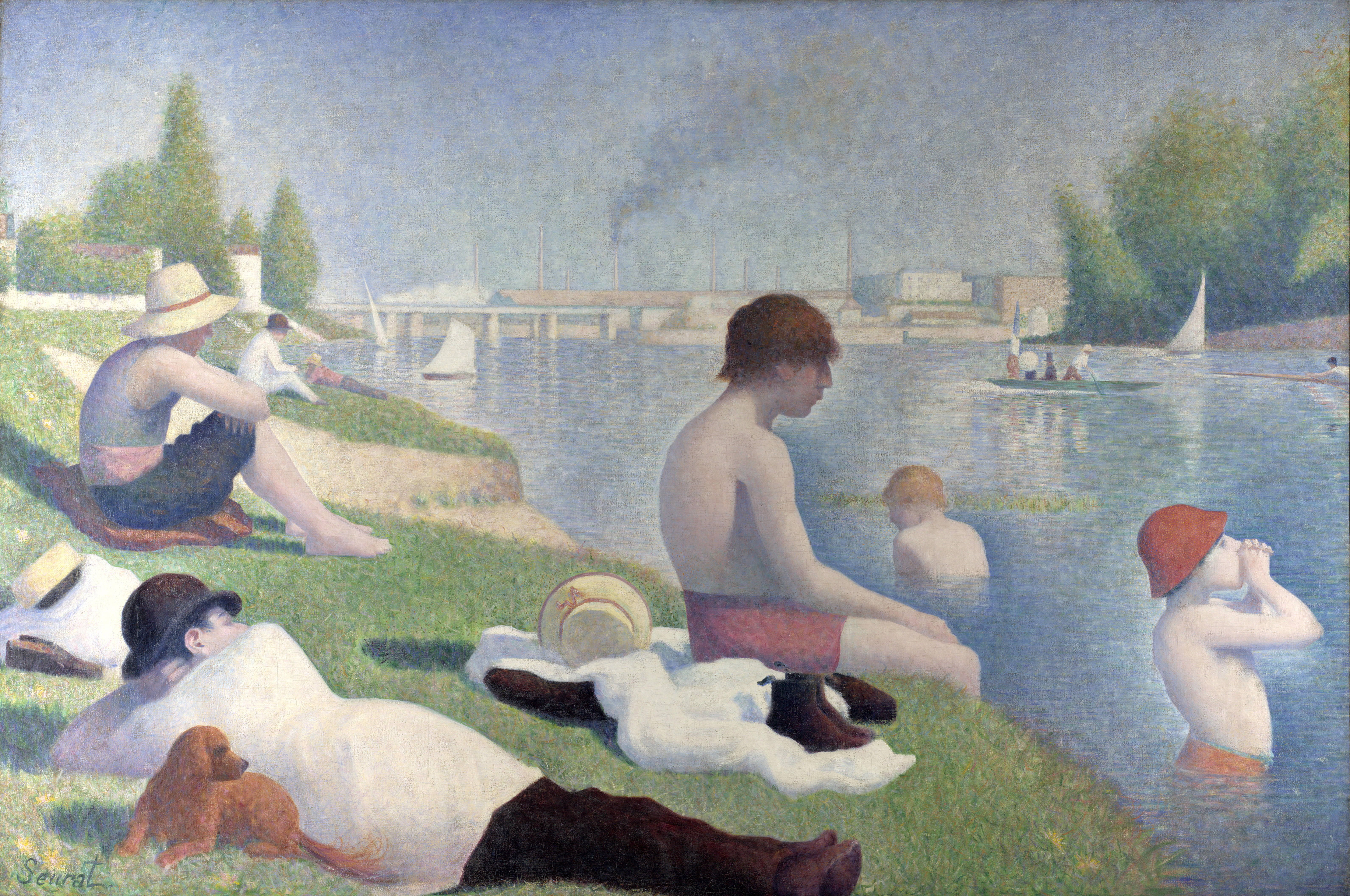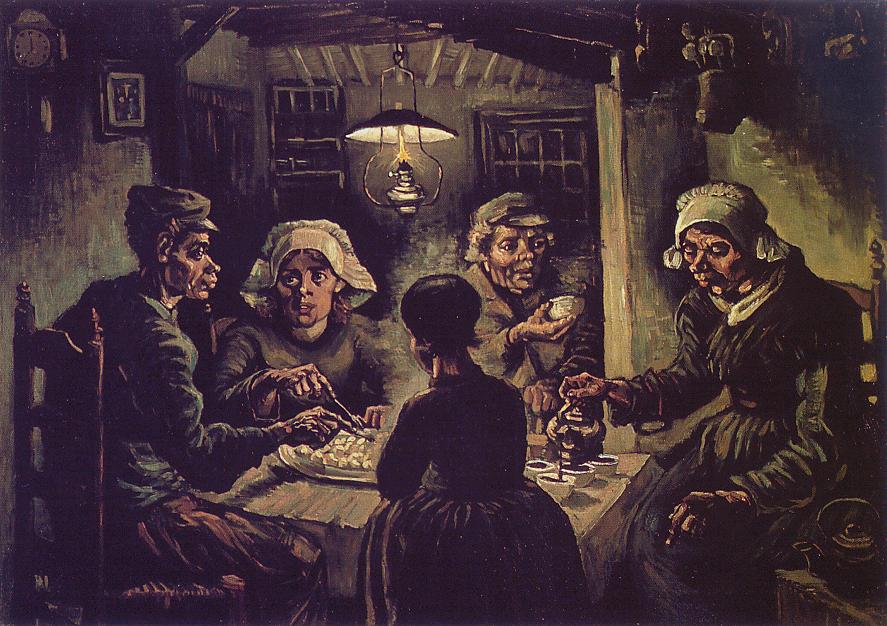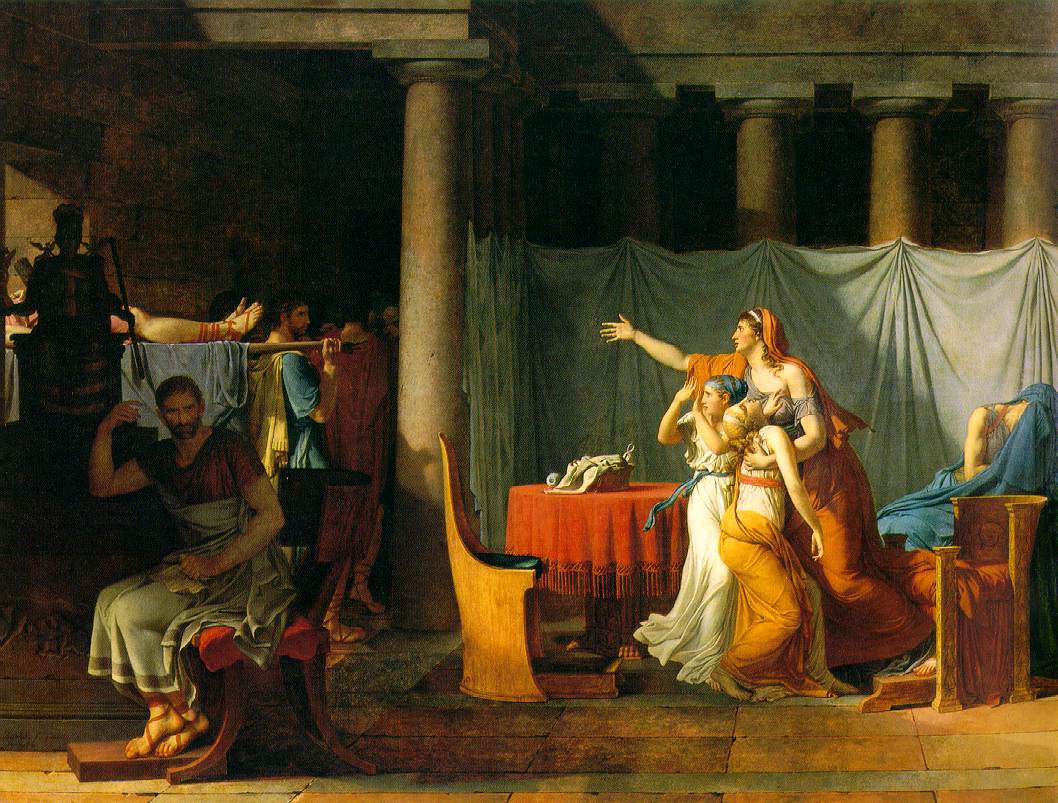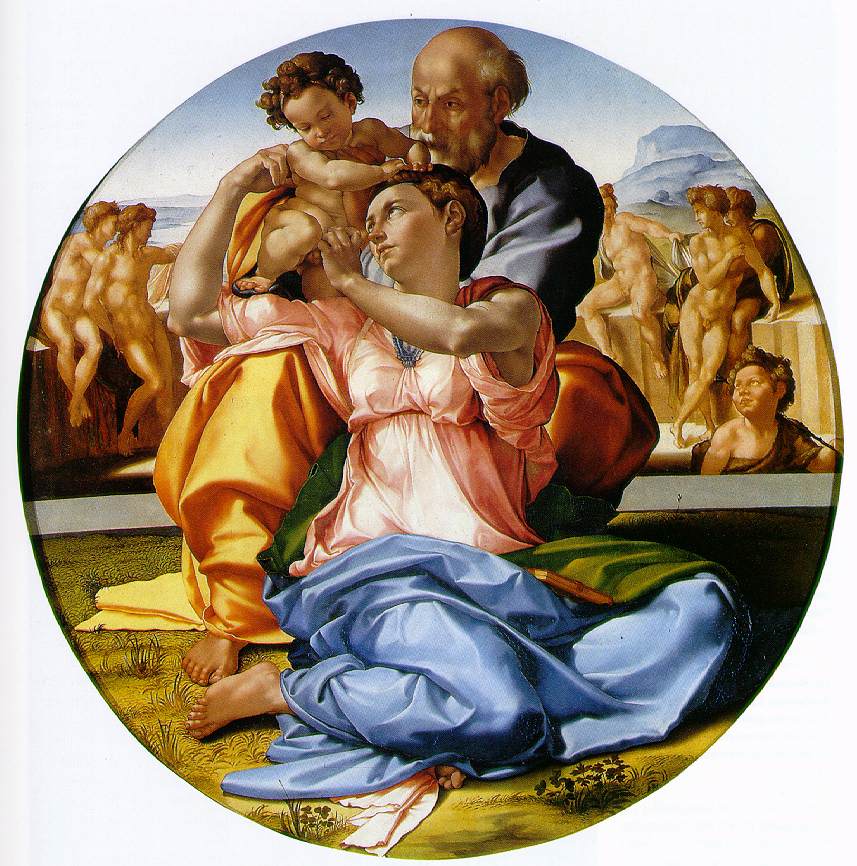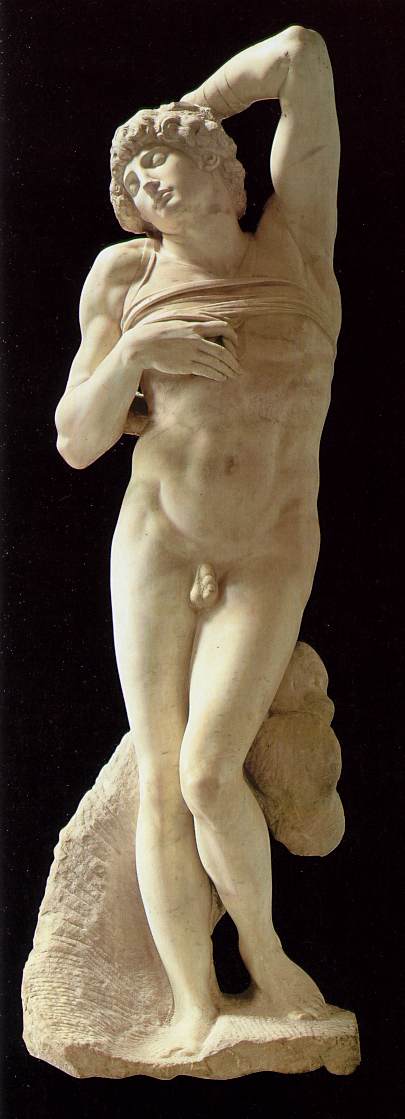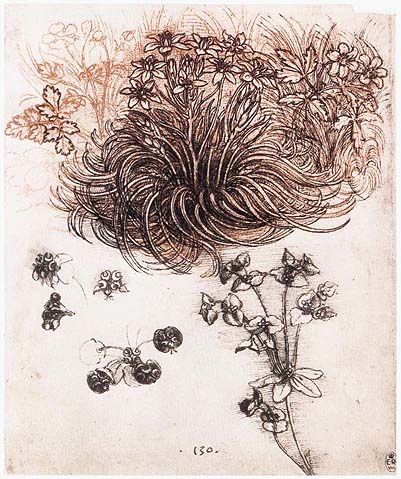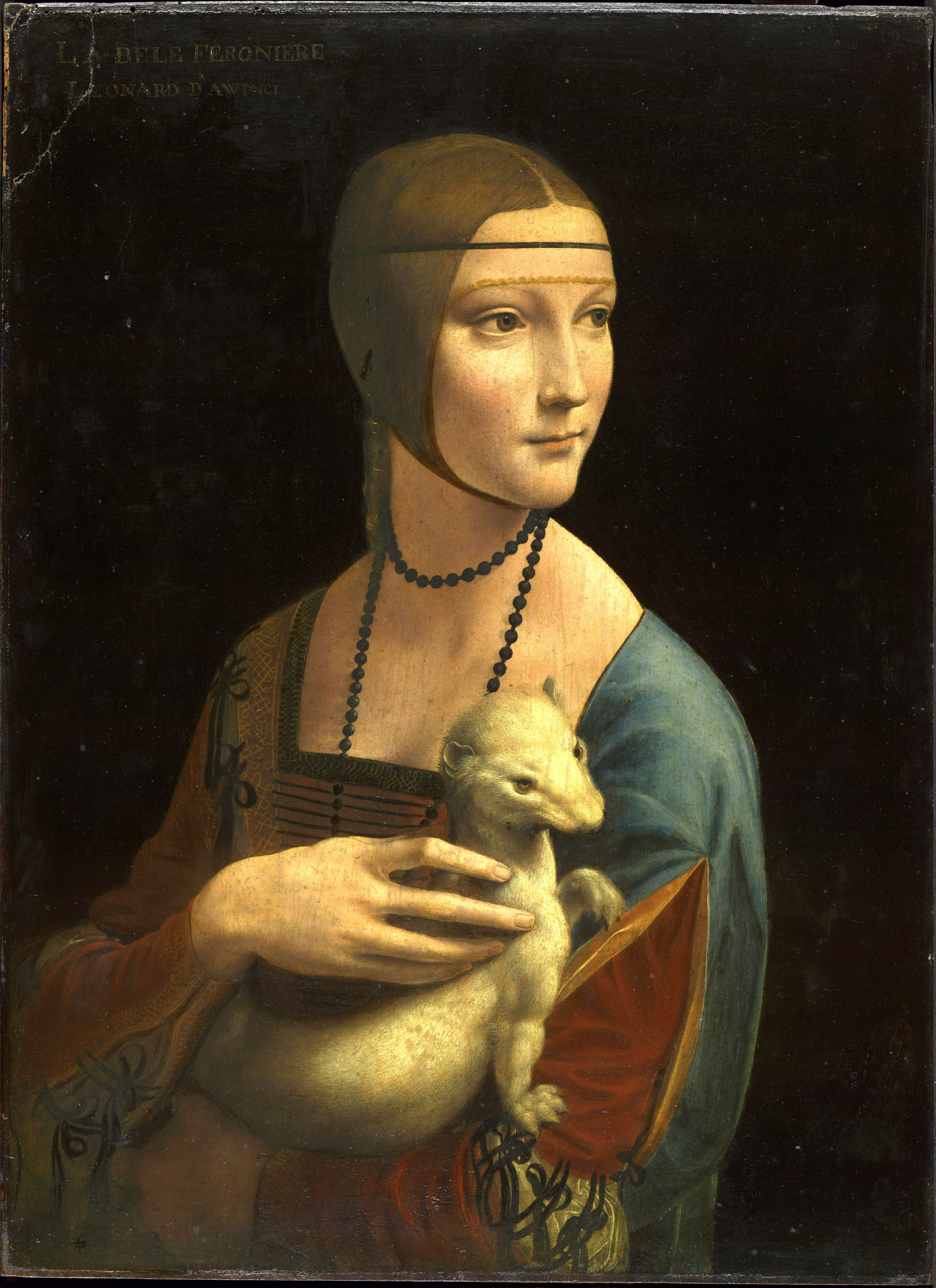A snooze fest
This film covered four different impressionist artist, all of which made great strides for the movement itself.
Courbet, Manet, Cezanne and Monet
Collings film is more of a documentary for each artist, this facts and information are surrounded by him roaming the streets of France pointing out reference locations. Okie dokie, let's start!
Courbet painted to fight against the government. His largely successful painting and very critical painting is a 20 ft "The painters Studio" that was a direct assist against the government without saying so directly.
Courbet strives to fight against the academy and their view of the perfect person. Their view of paintings were that they were to reflect the past not reflect reality, Courbet thought that painting should be reality and a sense that a photo could not provide. Courbet stops painting politically and begins to paint nudes, not pretty nudes but ugly average woman nudes. Courbet was a great impressionist but not a conventional artist for he did not paint with bright colors. The next artist did tho.
Monet painted the outdoors, was raw and intense. His involvement in the impressionist group was one by accident. But a great accident it was, he later founded the impressionist group. Born in the lower middle class Monet thought that colors were the path to the future. His greatest painting was Poppyfield for his color arrangment and how everything ties together.
Impressionist are inspired by this painting and he began the movement for many to follow. One great accomplishment he did was to create the anonymous society of artist. With the fight that Courbet did against the art world, here artist could display their work without judgement and show the new look for painting, the looks of reality.
Another painter shown in the film was Manet. Manet and Monet were constantly criticized for having such close names but they were close friends da and associate painters. He was a posh painter, thinking of how paintings should be painted and what paintings are made of. He was known for painting his muse Victoria, later to state she was not his mistress. A great painting by Monet right before he passed was of the Barmaid. It had a sense of modern life, liveliness in his painting. The logistics of the painting are incorrect but that's not important, the piece is a masterpiece.
This film was long and the narrator is a bore but the artist are very interesting.




